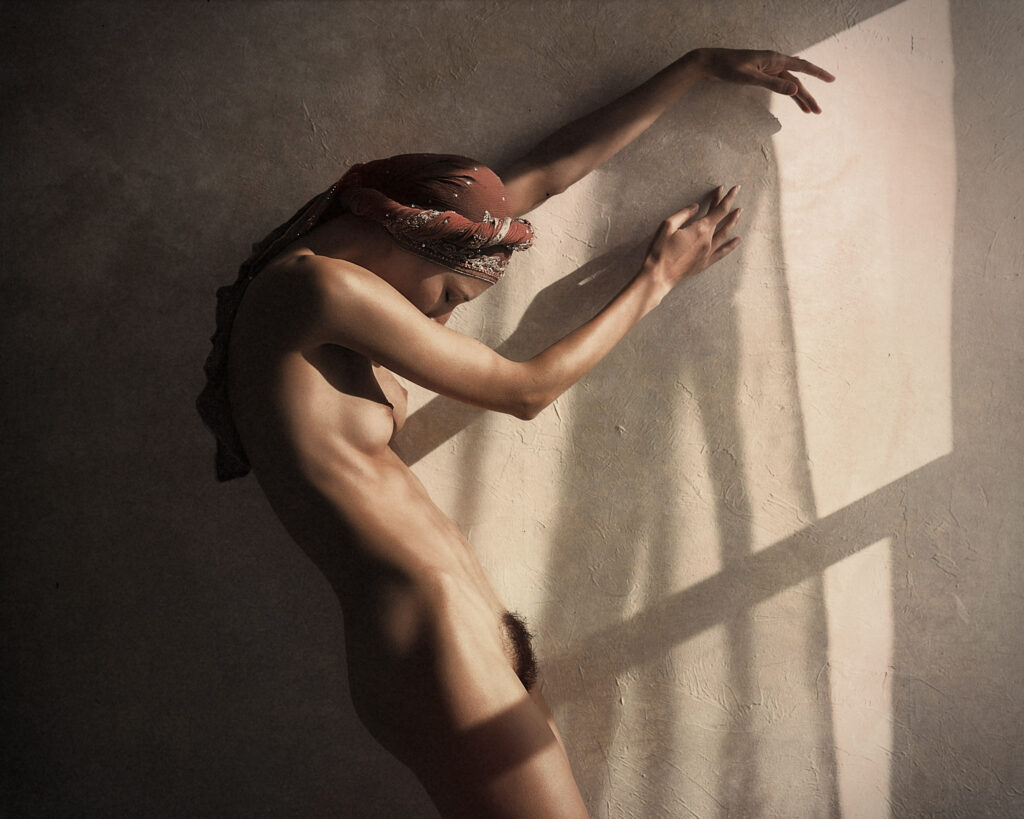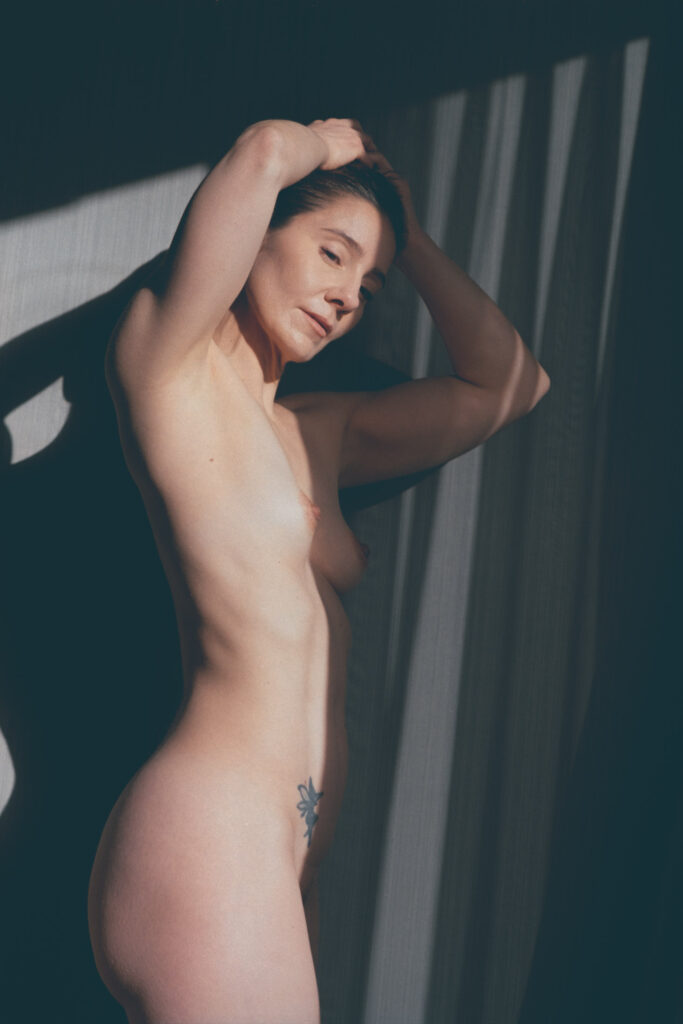Photography: Reclaiming Purpose Through Film And Historical Processes
Digital photography is everywhere—instant, clinical unless post-processed, and often disposable. Its constant presence has diluted what the word ‘photograph’ even means. Meanwhile, still images have been pushed aside by short-form videos on platforms like TikTok and Instagram Reels, fighting for fleeting attention. In response—or maybe as a gut reaction—I’ve turned to analog photography and historical printmaking processes as a way to reclaim that meaning.

For me, film photography and historical processes aren’t about nostalgia—they’re about creating something intentional and lasting. It’s about stepping away from the smartphone, slowing down, and making something real—something that exists beyond the glow of endless screens.
Analog as Freedom from Perfection
Before digital, commercial and professional photographers relied on film to be—well—perfect. They needed accurate colors, sharpness, latitude, and dynamic range—all the things digital now handles effortlessly. But film no longer has to be perfect—that’s digital’s job now. Analog is free to be what it truly is: textured, imperfect, organic, and unpredictable. Its so-called “flaws”—grain, softness, and contrast shifts—aren’t limitations; they’re expressive tools that add emotional depth.

I push cameras and film past their conventional limits—much like musicians pushing tube amps beyond their tolerances to create new sounds. I embrace difficult lighting and challenging conditions, letting unpredictability become part of the creative process and shape the final image.
My process is driven by vibe—I’m chasing emotional resonance, not technical perfection. I choose gear and film stocks based on the feeling I want to create. Technical adjustments come later, only when they serve the vision.
A Dialogue Between Control and Surrender
Analog photography is a balancing act between control and surrender. My process is intuitive and emotionally driven. I plan shoots carefully—scouting locations for light, texture, mood, and tone—but I always leave room for the unexpected.

Printmaking is where the process becomes more methodical. Historical techniques like Van Dyke brown and kallitypes demand precision—mixing chemicals, coating paper, and managing exposure times—but even here, unpredictability is part of the art. The chemistry often has a mind of its own, and environmental factors like humidity and temperature leave their unique mark on each print.
The final print becomes a collaboration between my intention and what naturally unfolds—a balance of precision and chance.
Meaning Through Process
Creating a hand-crafted print is more than making an image—it’s about forming an archival object that holds both memory and process. The paper, chemicals, and even the smallest creative choices become part of the final piece. The tactile nature of analog work keeps me grounded in the physical world in a way digital never could.

This process is slow, intentional, and deeply personal. It’s about more than making art—it’s about creating something real and lasting. The imperfections and unique variations in each print tell a story that extends beyond the captured moment.
Photography feels less meaningful when it’s everywhere, constantly consumed and forgotten. This is how I give it meaning again—by embracing analog’s messy, imperfect process. It’s a dialogue between surrender and control, and that balance keeps me coming back.





